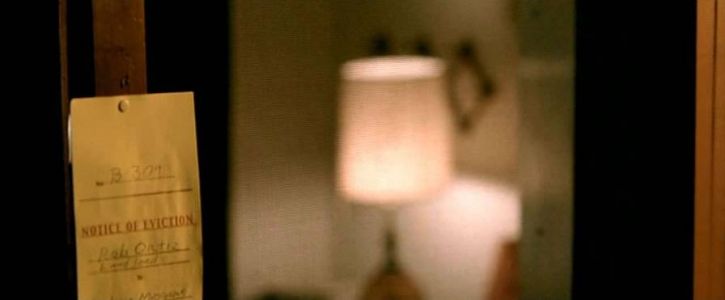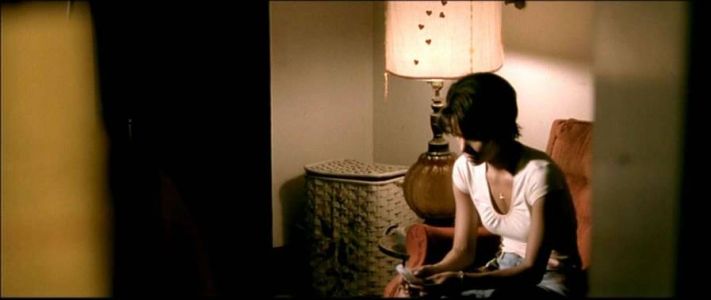Difference between revisions of "JCM312/Cinematography"
From Screenpedia
Jump to navigationJump to searchScreenAdmin (talk | contribs) m (29 revisions imported) |
|||
| Line 18: | Line 18: | ||
**When might movement be used that does ''not'' follow a character? How is a Steadicam shot different from a handheld shot? | **When might movement be used that does ''not'' follow a character? How is a Steadicam shot different from a handheld shot? | ||
| − | + | <gallery mode="packed" heights=200px> | |
| − | < | + | Image:Fig09-50 Pillarbox blurred wings.jpg|alt=pillarbox illustration|[https://vimeo.com/231455256 Pillarboxed cell-phone video] |
| + | </gallery> | ||
==Cinematography and narrative== | ==Cinematography and narrative== | ||
In [https://tcf.ua.edu/EO/DV/FilmArt/MonstersBall.php this ''Monster's Ball'' scene], what narrative functions does the cinematography serve? Each group should account for the cinematographic aspects noted above, paying particular attention to the third shot. | In [https://tcf.ua.edu/EO/DV/FilmArt/MonstersBall.php this ''Monster's Ball'' scene], what narrative functions does the cinematography serve? Each group should account for the cinematographic aspects noted above, paying particular attention to the third shot. | ||
| − | + | <gallery mode="packed" heights=200px> | |
| − | + | Image:MonstersBall01.jpg|allt=Shot three from a ''Monster's Ball'' scene.|Shot three from a ''Monster's Ball'' scene. | |
| − | + | Image:MonstersBall02.jpg|alt=Shot three from a ''Monster's Ball'' scene continues.|Shot three from a ''Monster's Ball'' scene continues. | |
| − | < | + | </gallery> |
==External links== | ==External links== | ||
Revision as of 21:54, 22 August 2019
Color, enlarged versions of the textbook illustrations are available online.
- G3: Explain what focal length is -- using the textbook illustrations.
- How does a zoom in/out look different from a track in/out?
- G4: *Explain what depth of field is -- using the textbook illustrations.
- What is the difference between deep focus and deep space (as in mise-en-scene)?
- G1 and G5: Explain what aspect ratio is -- using the textbook illustrations.
- Also explain letterbox, pillarbox, and pan-and-scan.
- Example video clips:
- What are the aspect ratios of Day for Night, Shakespeare in Love and Monster's Ball?
- Also explain letterbox, pillarbox, and pan-and-scan.
- G2 and G6: Explain the significance of camera framing, height, and movement -- using the textbook illustrations.
- Example video clips:
- When might movement be used that does not follow a character? How is a Steadicam shot different from a handheld shot?
Cinematography and narrative
In this Monster's Ball scene, what narrative functions does the cinematography serve? Each group should account for the cinematographic aspects noted above, paying particular attention to the third shot.
External links
- Monster's Ball scene
- Television illustrations, Chapter 8.
- Cinematography illustrations
- Monster's Ball frame grabs
- Henri 2, Paw de Deux: black-and-white
- Pillarboxed cell-phone video
Bibliography
- Jeremy G. Butler, Television: Visual Storytelling and Screen Culture, 5th Edition (New York: Routledge, 2018).
- David Bordwell and Kristin Thompson, Film Art: An Introduction (New York: McGraw-Hill).


